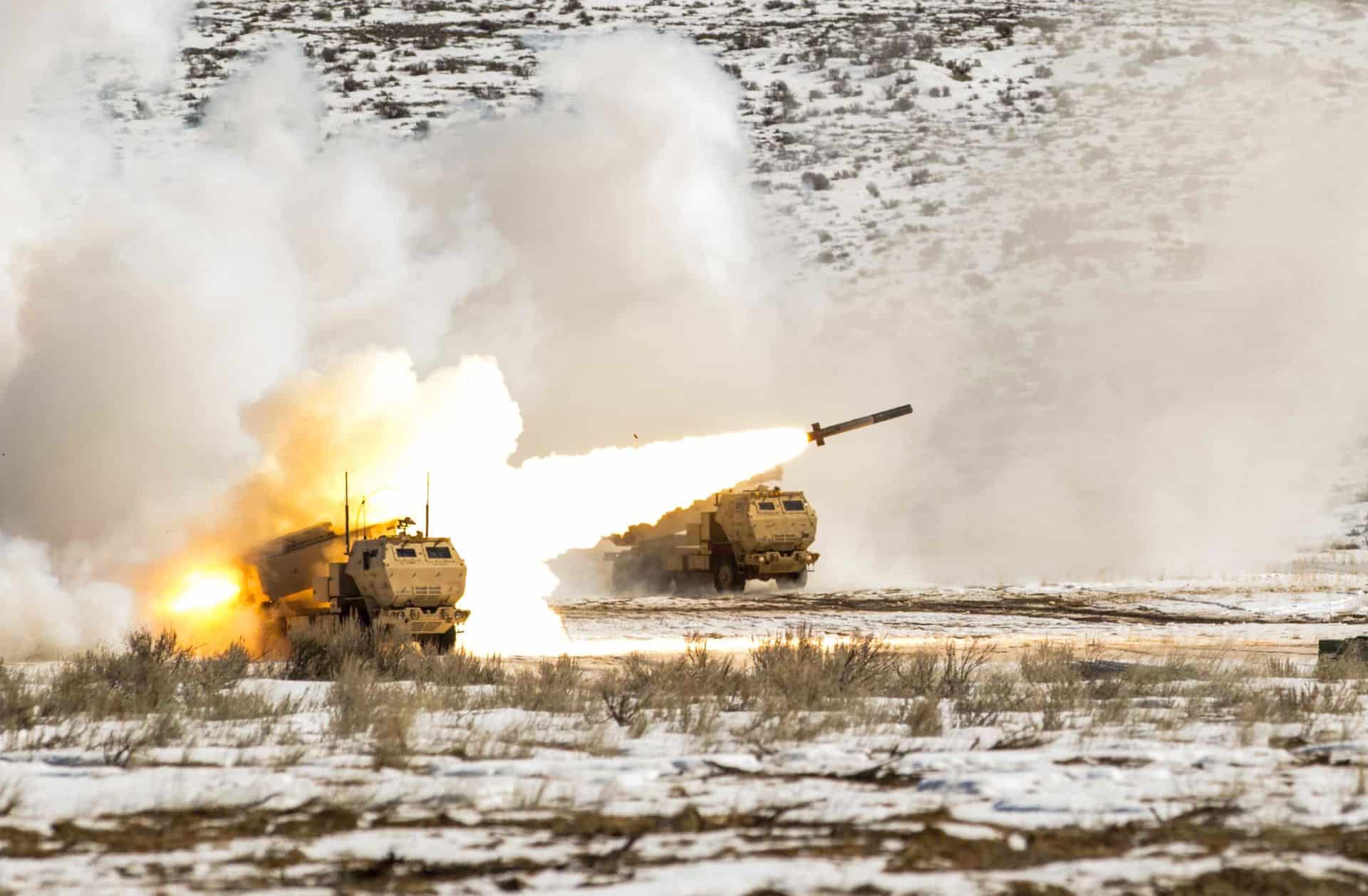The Army’s ongoing pilot to develop multi-domain capabilities that could one day be replicated across the service is slated to undergo further testing overseas for the first time next year.
The Multi-Domain Task Force, which leaders envision to be a battalion-plus unit that maximizes air, sea, land, cyber and space assets on the battlefield, is expected to lead an upcoming Pacific Pathways rotation.
Launched in 2014, Pacific Pathways is a U.S. Army Pacific-led initiative that allows units to make several stops in the region and train with foreign militaries during an expeditionary-style deployment.
Pacific Pathways also recently took on a total Army approach with its first National Guard brigade to serve as a lead unit.
The Indiana National Guard’s 76th Infantry Brigade Combat Team, which is currently in Australia, plans to train in six different nations after it completed drills at the Joint Readiness Training Center in Louisiana.
In Pacific Pathways, Soldiers can train the way they would fight. It also provides options to the Indo-Pacific Command with an Army force at its highest level of readiness, said Gen. Robert B. Brown, the USARPAC commanding general.
“It’s great to have well-trained forces that are ready,” he said in a June 7 interview, “but if they can’t respond in a timely matter it doesn’t do you much good.”
The Multi-Domain Task Force, which is still in its early planning stages, will likely conduct training in Japan and Australia in addition to other nations in the Pacific.
“We’ll be able to go to a level never before seen in complexity with those nations in exercises,” Brown said, “and then capture the results and share them with the Army and see how we’ll have to adjust the formation.”
The 17th Field Artillery Brigade out of Joint Base Lewis-McChord, Washington, is set to be the foundation of the task force. The brigade operates high-mobility artillery rocket systems, also called HIMARS. Additional elements will handle intelligence, cyber, space and electronic warfare, ballistic missile defense, and security, among other tasks.
Army Chief of Staff Gen. Mark A. Milley and other U.S. military leaders, such as now-retired Adm. Harry B. Harris, the former head of Pacific Command, have previously stated the need for land-based artillery to be able to sink ships at sea.
Long-range precision fires is also one of the Army’s top modernization priorities to improve its long-range and deep-strike capability in order to win a fight against a peer adversary.
While that will be a key aspect to this task force’s training, Brown said, experimenting with the ability to seamlessly share information between domains will also be pivotal.
“We’re the most joint force in the world, but we’re not joint enough,” he said. “Think of the options you have as opposed to being in a stovepipe of your own service. When you’re in a stovepipe, you limit your options.”
Improved information sharing would greatly benefit USARPAC, which is the Army’s largest command that oversees more than half of the Earth’s surface.
“Indo-Pacific is incredible. We say from Hollywood to Bollywood, from polar bears to penguins,” the general said of his area of responsibility.
The region includes 36 nations. Only one of those, North Korea, does not currently engage with his command. China, Russia and violent extremists also vie for influence in the region.
“There are some complex issues and challenges out there,” Brown said.
With that in mind, the Multi-Domain Task Force is being built to be flexible and to work closely with all the sister services so it can operate in any domain. When completed, the total size of the task force could be up to 2,200 personnel, with a core of about 500 to 800 permanently assigned to it.
“What we’re wrestling with is who is permanently assigned to it,” the general said.
USARPAC, in conjunction with the Army’s Training and Doctrine Command, Materiel Command and Forces Command, has already seen “great promise” with the task force from past exercises and tabletop simulations, he said.
One of the key points has been its capability against anti-access/area denial systems, which could help Soldiers create an opening to operate in one domain that is being exploited by another domain.
“That’s pretty powerful and we’re seeing tremendous results,” Brown said.
In July, the task force will build on those results when it briefly participates in the Rim of the Pacific exercise. RIMPAC is also part of Pacific Pathways and held in and around the Hawaiian Islands and Southern California.
The task force, though, will not be Pacific-centric and could be used to counter near-peer threats in other parts of the world. Multinational partners would also be incorporated to ensure deterrence and prevent future conflict, Brown added.
“If we do it right, then multi-domain operations will be so powerful that nobody will be foolish enough to mess with us because they know they would lose,” he said. “To me, that’s the ultimate success.”










